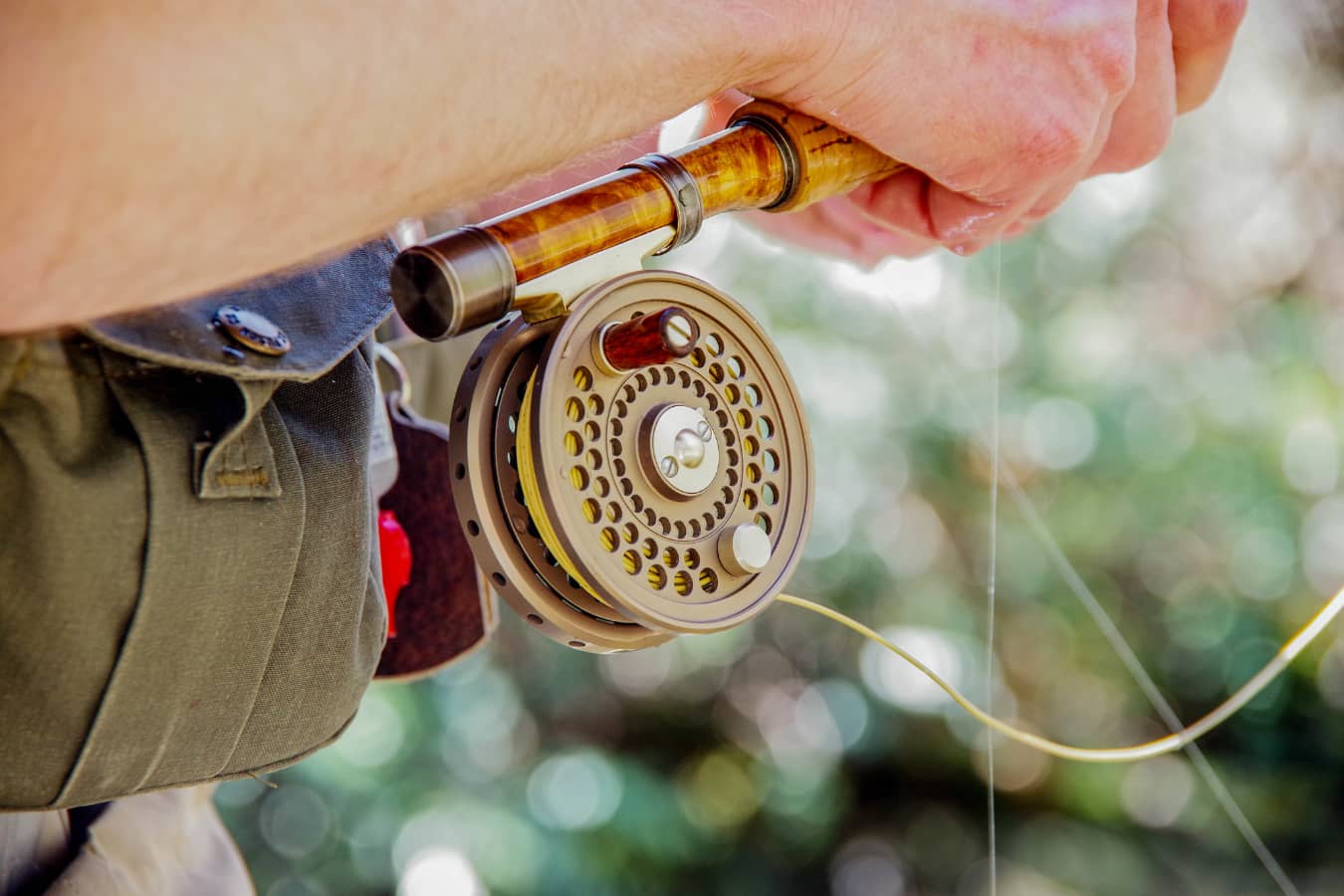Ask MidCurrent: Weight Forward vs. Double Taper Lines for Dry Fly Fishing

Image by Jillian Schuller
Question: I’ve heard from several experienced fly anglers that double-taper fly line is best for dry fly fishing. Are the advantages of double-taper worth switching from weight-forward lines?
Answer: Selecting the right fly line is one of the most important decisions an angler can make when gearing up for a day of dry fly fishing. The line serves as the vital connection between you and your fly, playing a huge role in how well you can present that tiny lure to picky, surface-sipping trout. While at first glance fly lines may seem simple, the debate between weight-forward and double taper tapers for dry fly duty is hotly debated among many experienced anglers. Each line style offers distinct advantages and disadvantages that can significantly impact your success on the water. To make the best choice, let’s dive into an in-depth analysis of weight-forward vs double taper lines for dry fly fishing:
The Weight-Forward Line Advantage
Weight-forward fly lines offer several compelling advantages for dry fly anglers. Their thicker, denser front section enables longer casts with less effort from the angler. This is particularly beneficial when fishing large rivers or streams where you need to reach distant lies or avoid spooking trout by getting too close. The ability to shoot line out and present flies delicately at longer ranges is a major asset of weight-forward tapers.
The weight distribution of these lines also aids presentation. The thick bulked-up front transfers energy effectively, creating tighter, more aerodynamic loops. This allows for a crisper, more efficient turnover that lands flies softly without disturbance at greater distances. Accurate, delicate, longer-range presentations are key when targeting selectively-feeding and spooky trout sipping dry flies.
Line control and strategic mending are also strong suits of weight-forward lines. Their thin rear sections make manipulating line on the water easier. You can mend more precisely to induce desirable fly drifts and better imitate the natural movement of insects on the surface currents. This level of drift control is critical for achieving ideal dry fly floats and triggering strikes.
However, weight-forward lines do have some limitations in terms of delicacy. The heavily-weighted front can create excessive surface disturbance on closer casts, potentially spooking fish. They also don’t offer the same finesse and accuracy as double tapers at very short ranges below 20 feet or so.
The Double Taper Advantage
For those prioritizing delicacy and finesse above all else, double taper lines are hard to beat for dry fly fishing. Their gradual, even taper from front to rear results in unparalleled presentation. Flies gently alight without commotion—ideal for tough, technical situations where every cast must be stealthy.
Double tapers also excel at short-range accuracy casting. Their balanced weight distribution generates tight, stable loops that turn over crisply. This level of precision is key when targeting specific lanes, pockets, or individual rising trout. Pinpoint accuracy allows you to consistently drop flies precisely on selected drifts and sip rings.
Another advantage is unmatched line control and mending potential. With even weight distribution, double taper lines respond superbly to aerial and surface mends. You can induce virtually any desired drift or arc to match the speed and direction of local currents, creating perfect drifts that mirror the natural behaviour of insects is achievable.
Drawbacks include more effort required for distance casting and poorer aerodynamics compared to weight-forwards on longer casts. However, for most dry fly situations inside 50-60 feet, this is a minor limitation.
Making Your Choice
For anglers primarily fishing larger rivers requiring long casts, weight-forward lines make the most sense. Their power and performance at range give you the best chance of reaching distant targets efficiently. However, those focusing on small, brushy creeks or spring creeks may prefer double tapers. The enhanced delicacy, accuracy, and drift control they offer is ideal for up-close technical situations.
The most versatile solution is carrying both line types. Weight-forwards excel when you need to fire long bombs, while double tapers reign supreme for short-range precision dry fly fishing. Of course, having two dedicated outfits gets pricey, so most anglers start with one style based on their most common situations.
Casting ability and personal preferences also play a role. Skilled casters who can easily punch out long weight-forward casts may opt for a double taper first if they prioritize delicacy. Those relatively new to fly fishing may find the weight-forward taper more user-friendly and forgiving as they build experience and form.
Ultimately, testing both lines in your typical fishing situations is invaluable for determining which suits you best. Every angler casts differently and has unique fishing demands. With thoughtful consideration of your skills and waterways, you can select the ideal dry fly line and maximize your tightest loop and surface presentations.











